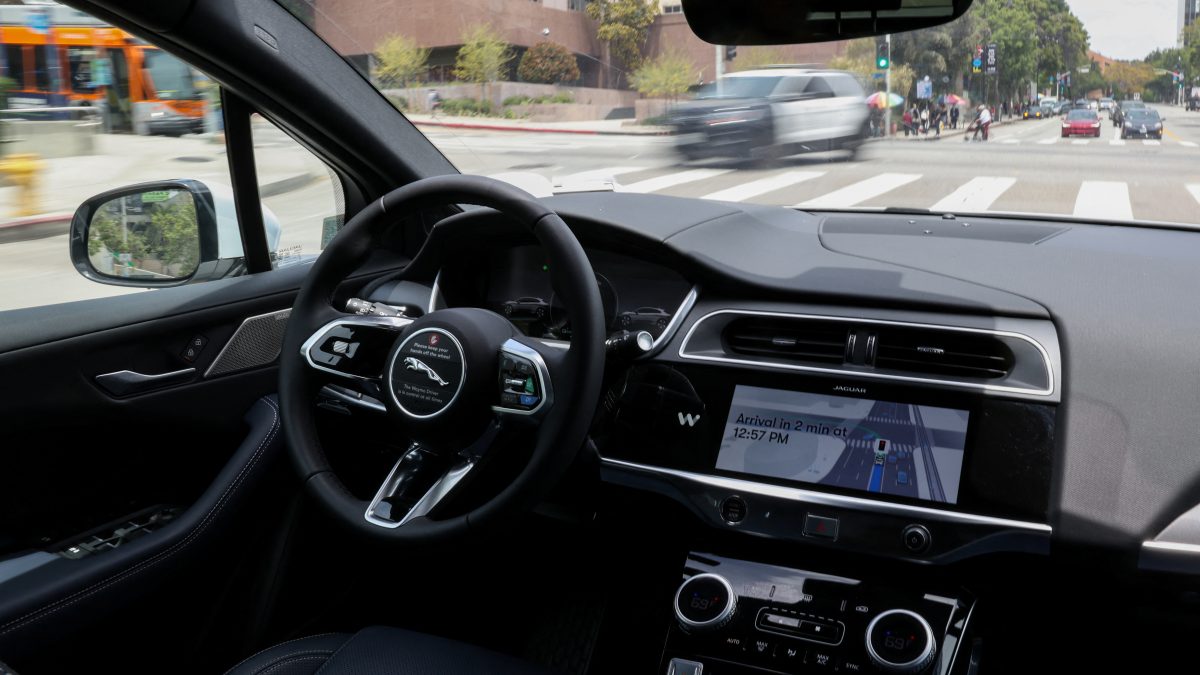Indian startups have raised concerns over the quality of GPUs being offered under the IndiaAI Mission, claiming that some of the hardware included in the programme has already been marked as end-of-life (EOL) by manufacturers.
As per a report by the Economic Times, certain cloud service providers (CSPs) are supplying outdated NVIDIA A100 GPUs, despite the model being declared EOL or End Of Life in February 2024.
The IndiaAI Mission, which aims to boost the country’s AI capabilities by providing affordable access to high-performance GPUs, has listed 176 NVIDIA A100 GPUs among the 18,693 units in its procurement plan.
With access to these GPUs set to be facilitated through an online portal launching soon, some bidders are questioning why older-generation GPUs are being included when they are no longer in production or supported by the manufacturer.
EOL GPUs suitable for some tasks, not all
NVIDIA’s official discontinuation of the A100 series and labelling them as EOL means that these GPUs will no longer receive software updates, security patches, or technical support. This has raised concerns about their long-term viability, especially for mission-critical AI applications.
However, some industry experts told ET, that EOL status does not necessarily render a GPU useless. Tarun Dua, CEO of E2E Networks, noted that while the A100 is no longer being sold by original equipment manufacturers (OEMs), it is still widely available through cloud providers and remains a powerful option for AI workloads. He pointed out that AI processing does not always require the latest hardware and that older GPUs can still deliver competitive performance for certain tasks.
That said, there are risks involved in relying on discontinued hardware. If performance issues arise or a GPU malfunctions, there may be no manufacturer support or replacements available. While older GPUs might still be useful for research and testing environments and are perfectly fine for use by students and researchers, they are not ideal for production-level AI applications where 24/7 uptime is critical, and can even be a potential point of failure in mission-critical applications.
Cost and government subsidy concerns
Beyond technical issues, startups are also raising questions about the financial logic behind the procurement. As per the ET report, some bidders argue that the Ministry of Electronics and Information Technology (MeitY) is providing a larger subsidy for the A100 compared to superior-performing GPUs.
For example, the NVIDIA A100 40GB GPU costs Rs. 136 on-demand and Rs. 89 per month for a reservation.
MeitY is offering a subsidy of Rs. 54 per unit for the A100, while newer, more powerful GPUs are being subsidised at just Rs. 28. Over longer-term reservations, the A100 is being subsidised at Rs. 34 per unit, while higher-performing models receive only Rs. 23.6, as per the ET report.
Some bidders argue that this allocation should be re-evaluated to prioritise cost-effective and high-performance solutions for Indian AI startups.
Despite the concerns, some industry voices believe that using a mix of older and newer GPUs can help balance cost and performance, especially in an industry facing global supply shortages and trade restrictions.
While EOL GPUs can still be valuable in specific scenarios, their role in a national AI mission remains a topic of debate. Whether the IndiaAI Mission will reconsider its GPU procurement strategy remains to be seen, but the issue has certainly sparked a conversation about balancing cost, performance, and long-term sustainability in India’s AI ecosystem.


)

)
)
)
)
)
)
)
)



